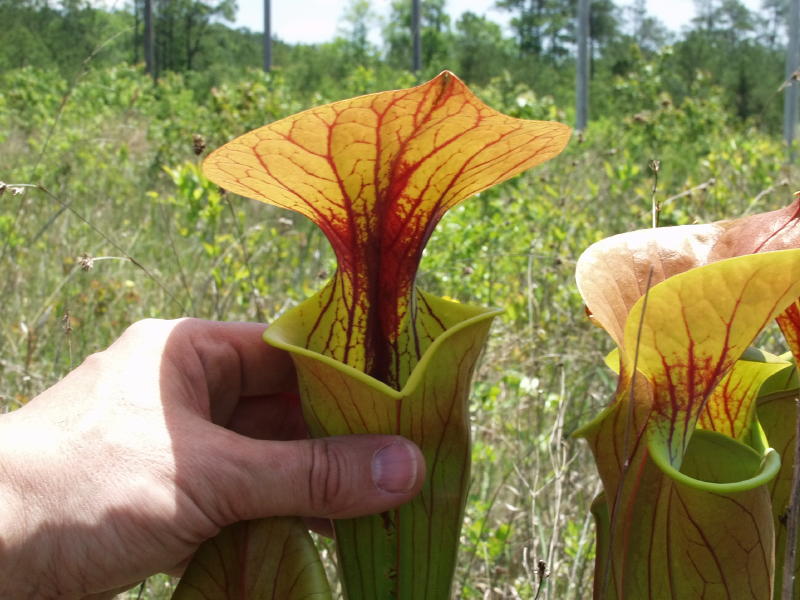Post by andreasfleischmann on Feb 20, 2009 19:00:35 GMT
Dear Utricularia-fans,
I was lucky enough to encounter the strange Utricularia heterochroma during a recent fieldtrip to Venezuela.
This species is very strange, and is placed together with its sister -the even more enigmatic U. mirabilis - in a section of their own, as Peter Taylor did not know where to fit in these strange bladderworts.
The entire plant except flowers, scapes and traps is covered with short hairs.
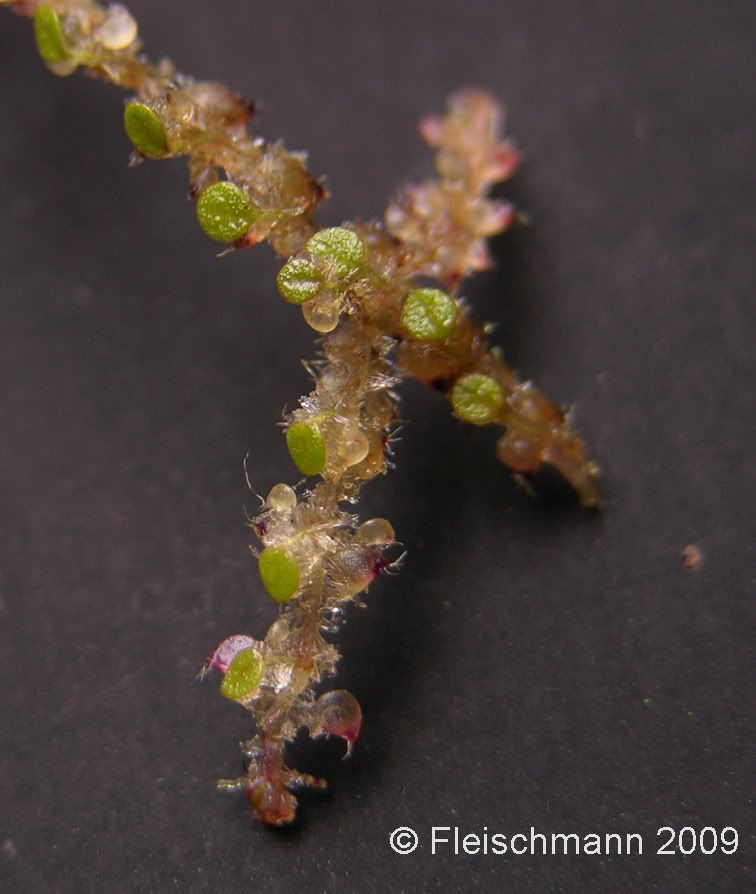
The plant grew on Amurí-tepui (part of the Chimantá-massif, a huge extensive cleft sandstone mountain system containing numerous tepuis, in the north-western part of the Gran Sabana National Park in Bolívar state of Venezuela). It was quite common in a shaded wet ridge surrounded by thick mossy tepui forest vegetation, where the plants grew in partial to full shade, either in mats of filamentous algae in dripping walls or covered by a few millimetres of cool running water on bare rock.
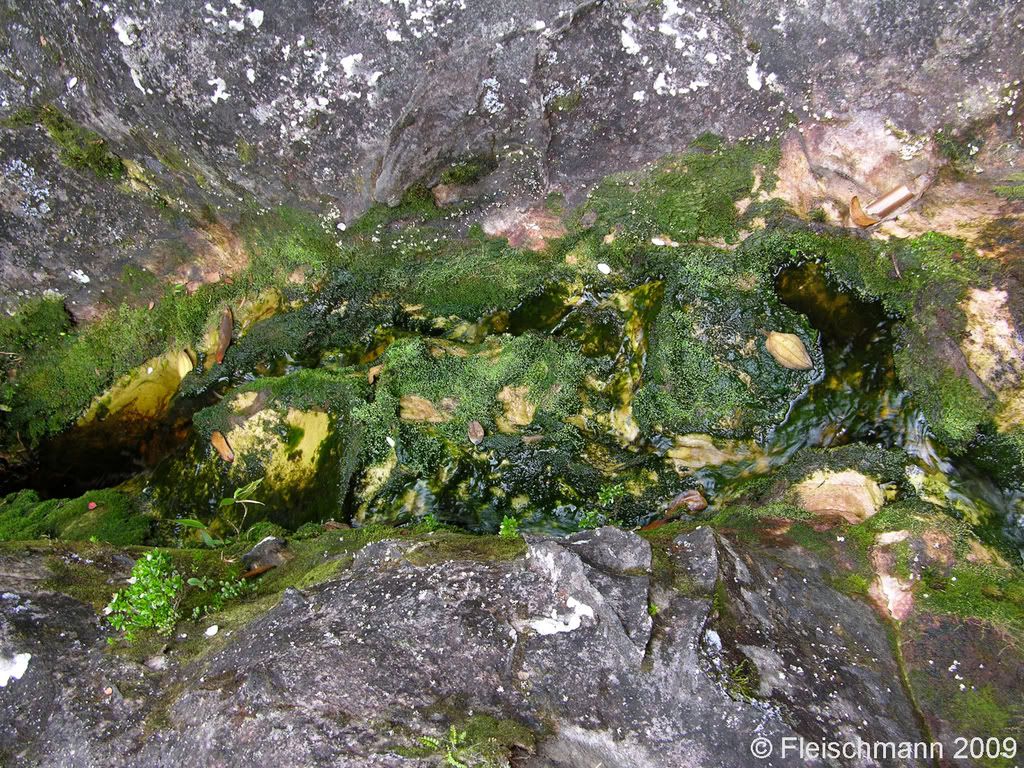
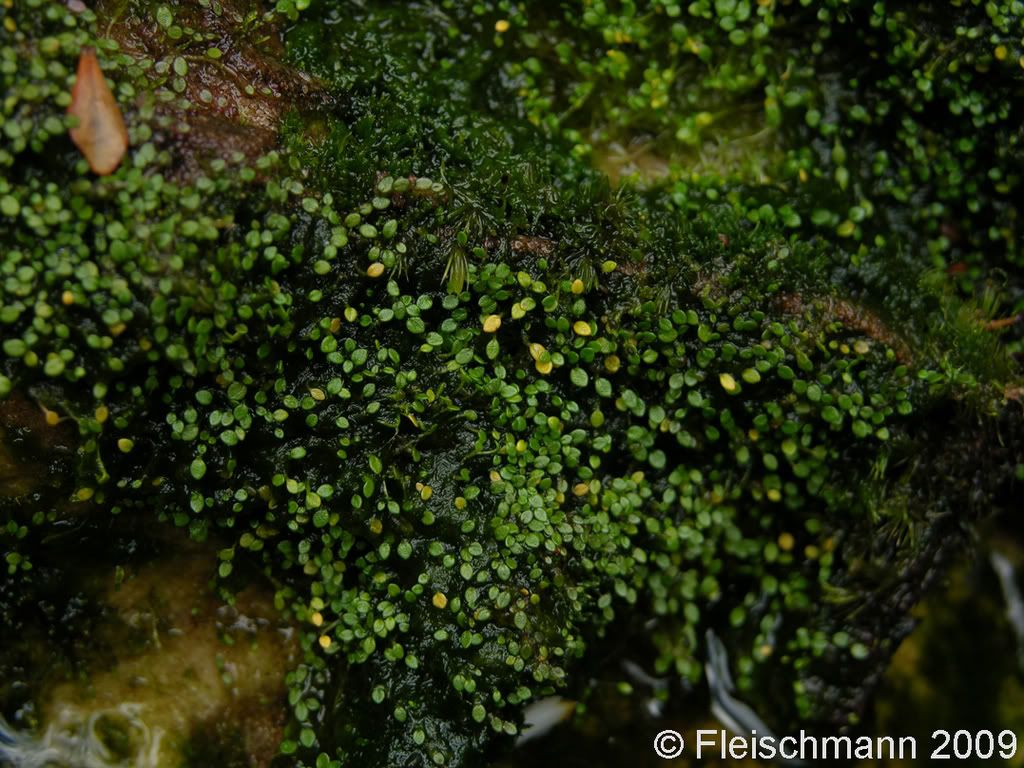
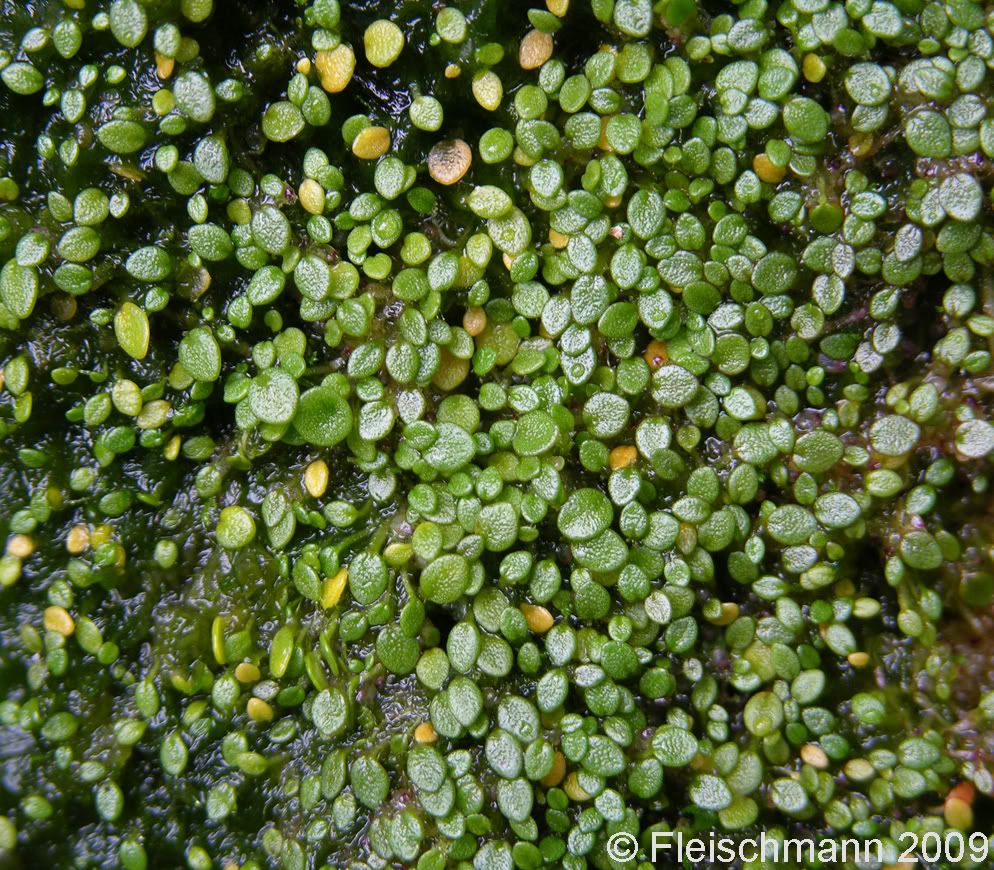

U. heterochroma can grow without any substrate, firmly attached to the bare sandstone rock with its hairs and stolons. Note the red trap entrances!
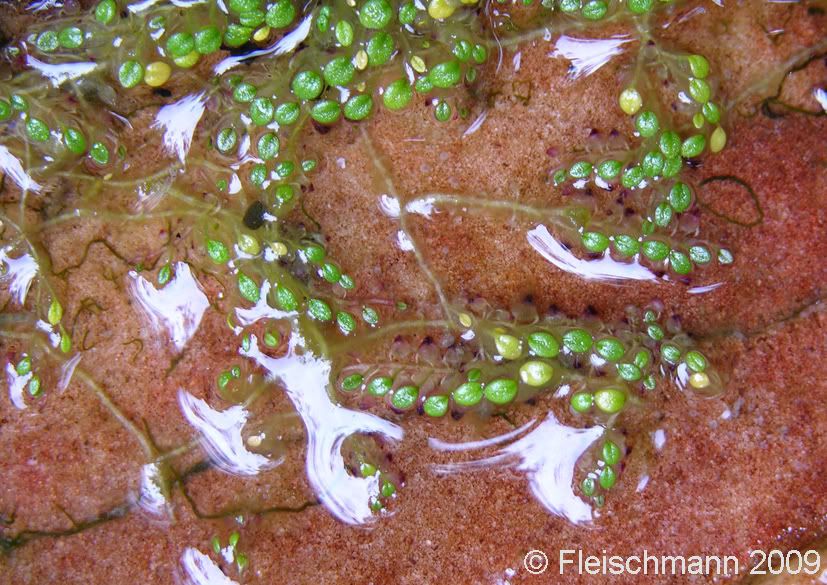
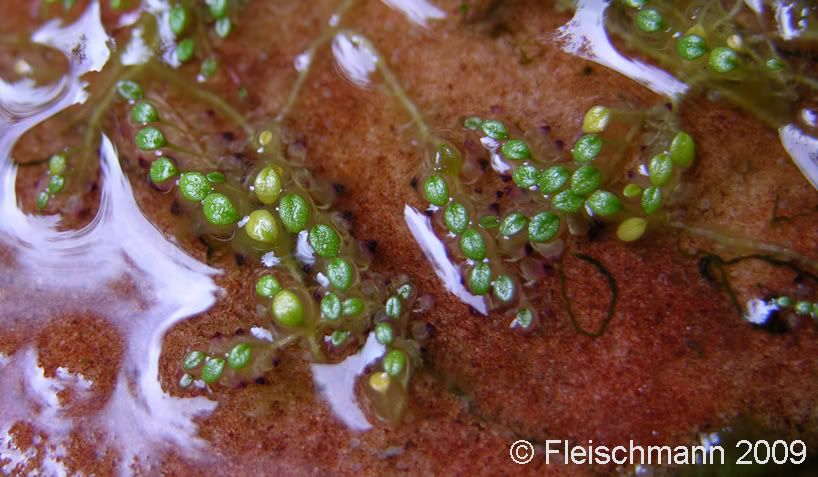
The function of the strange hair cover was not discussed so far, but for me, it's quite obvious: first, these hairs keep sand and particles in the running water away from the traps. And even maybe more important: these hairs on stolons and petioles help to plant to keep a constant level of water around traps and leaves by capillary effects. This effect can even be seen on the following photograph.
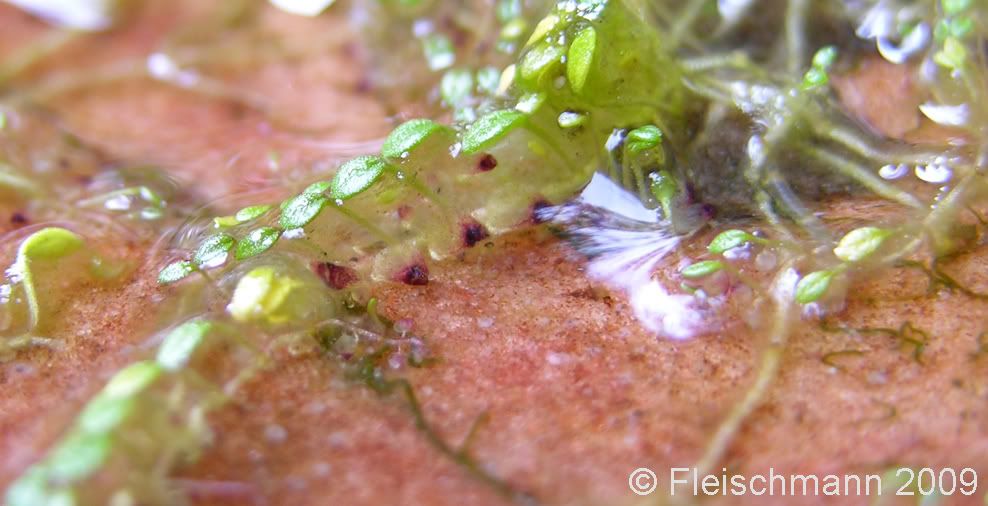
The flower of U. heterochroma is tiny (about 1 cm long), but strikingly coloured: the white corolla is marked with red stripes. The spur is orange-yellow, same is the palate. This is the origin of the species' name, too: "heterochroma" means "different colours".
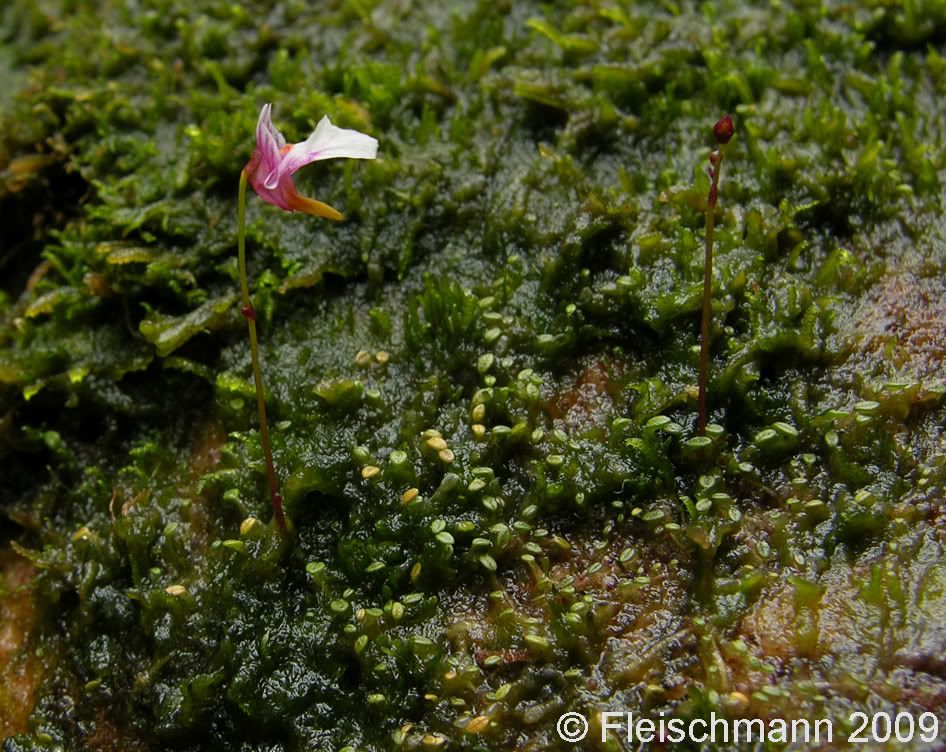
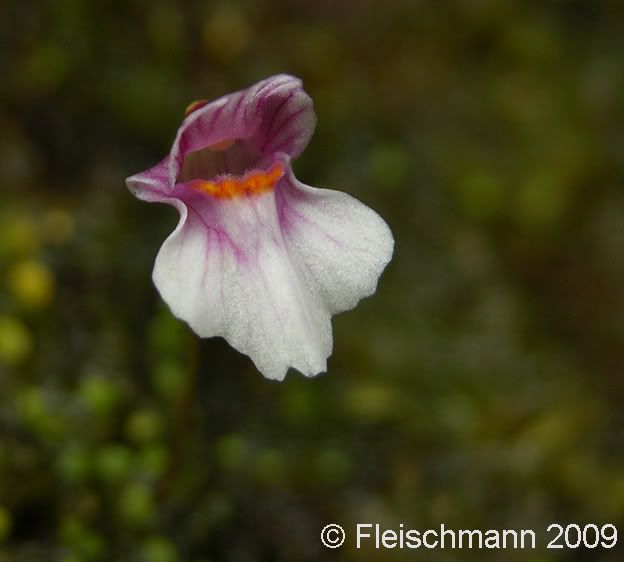

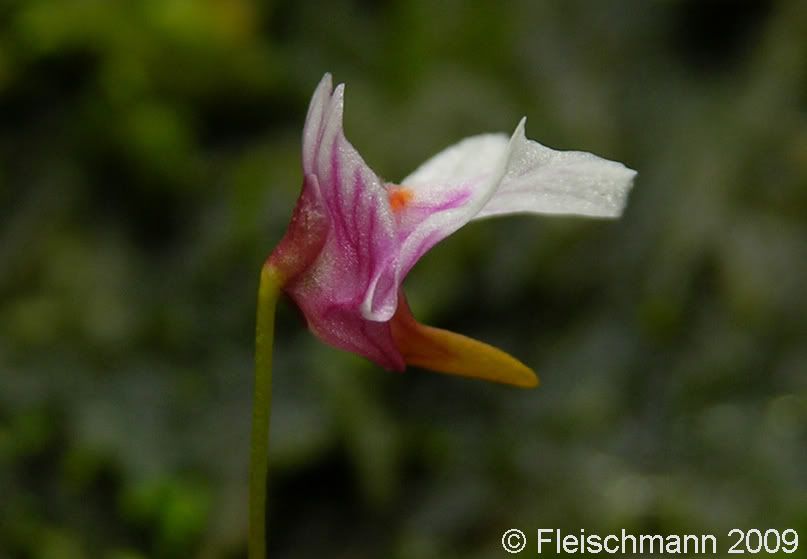
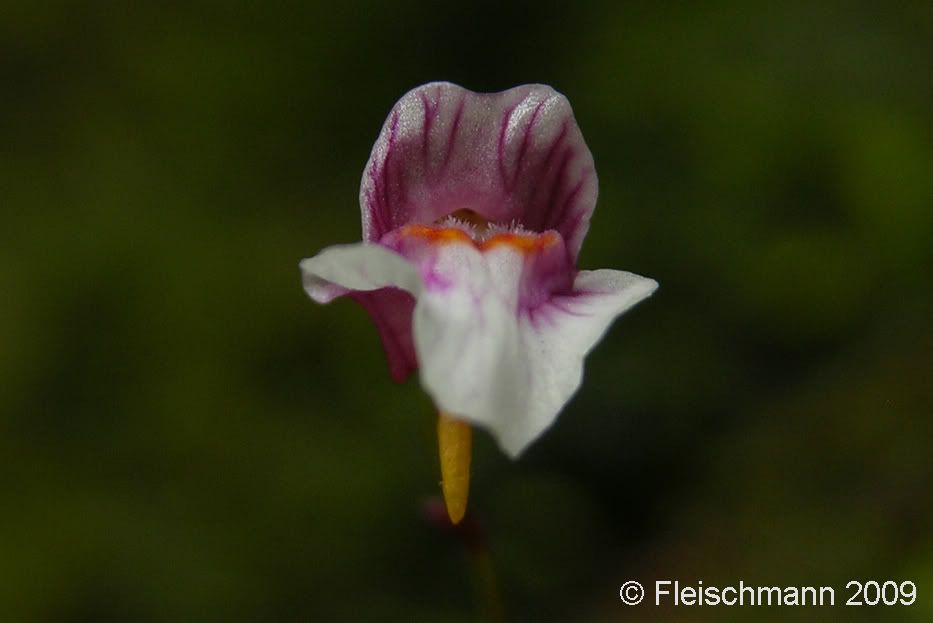
All the best,
Andreas
I was lucky enough to encounter the strange Utricularia heterochroma during a recent fieldtrip to Venezuela.
This species is very strange, and is placed together with its sister -the even more enigmatic U. mirabilis - in a section of their own, as Peter Taylor did not know where to fit in these strange bladderworts.
The entire plant except flowers, scapes and traps is covered with short hairs.

The plant grew on Amurí-tepui (part of the Chimantá-massif, a huge extensive cleft sandstone mountain system containing numerous tepuis, in the north-western part of the Gran Sabana National Park in Bolívar state of Venezuela). It was quite common in a shaded wet ridge surrounded by thick mossy tepui forest vegetation, where the plants grew in partial to full shade, either in mats of filamentous algae in dripping walls or covered by a few millimetres of cool running water on bare rock.




U. heterochroma can grow without any substrate, firmly attached to the bare sandstone rock with its hairs and stolons. Note the red trap entrances!


The function of the strange hair cover was not discussed so far, but for me, it's quite obvious: first, these hairs keep sand and particles in the running water away from the traps. And even maybe more important: these hairs on stolons and petioles help to plant to keep a constant level of water around traps and leaves by capillary effects. This effect can even be seen on the following photograph.

The flower of U. heterochroma is tiny (about 1 cm long), but strikingly coloured: the white corolla is marked with red stripes. The spur is orange-yellow, same is the palate. This is the origin of the species' name, too: "heterochroma" means "different colours".





All the best,
Andreas



